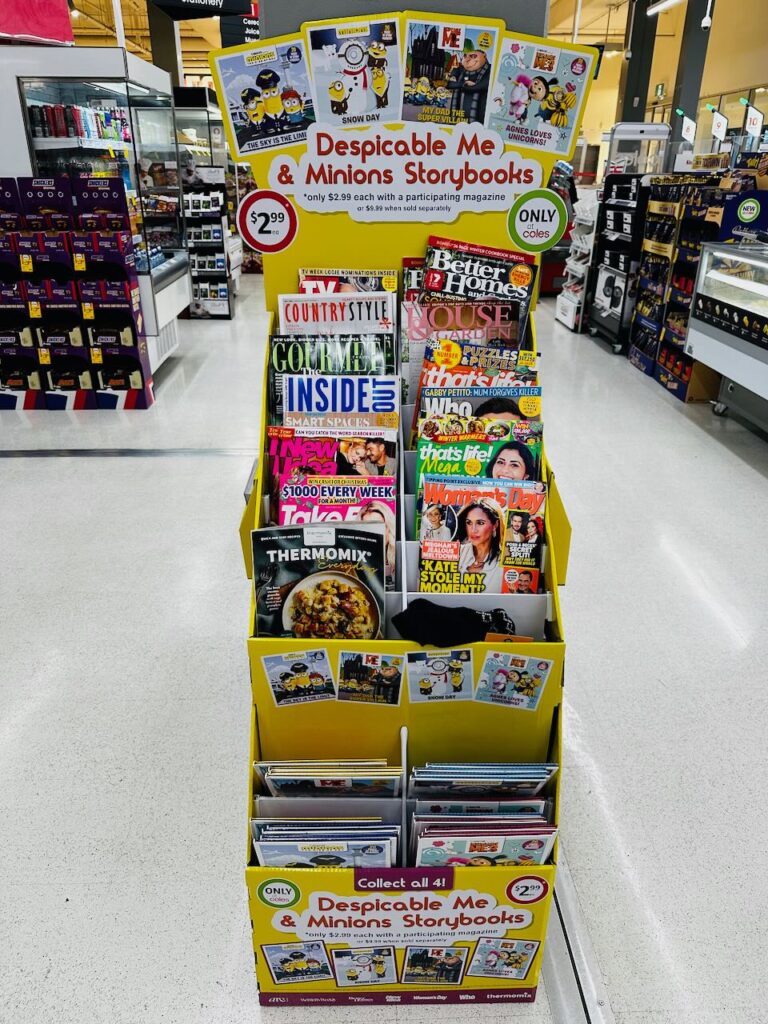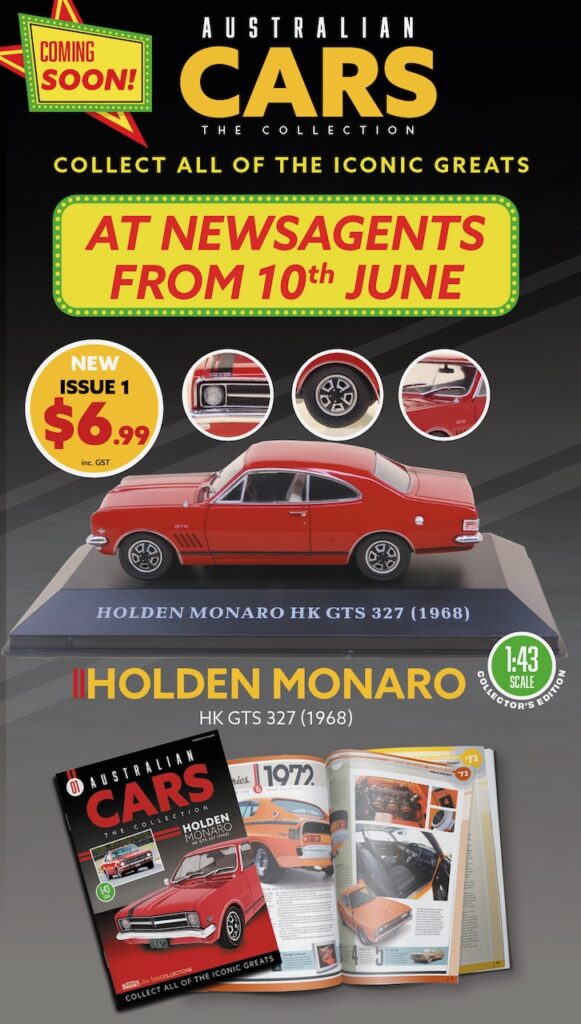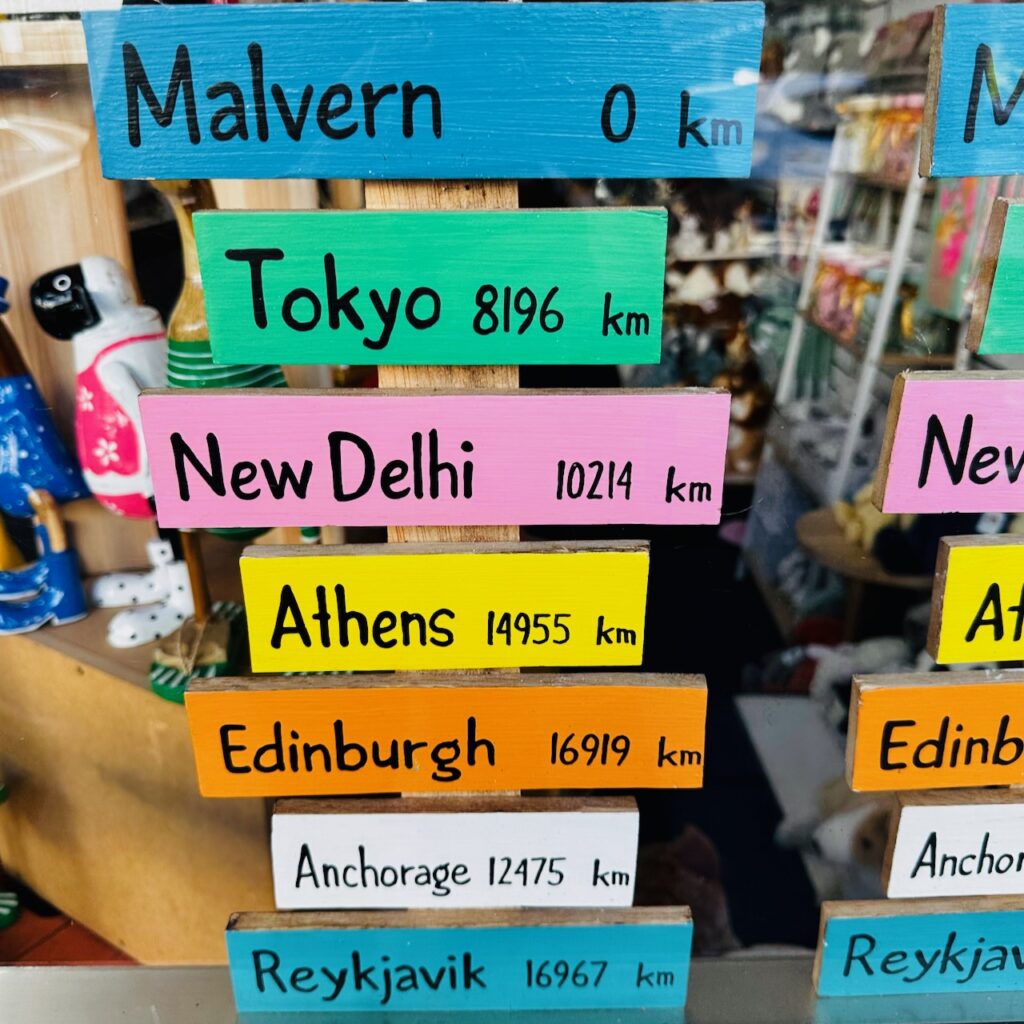If you know you need / want to transform your newsagency and your business data is not in good shape, there are steps you can take on the shop floor to drive change in the business.
In my experience, businesses often in this situation often have a traditional shop floor layout.
The advice I provide below is all about disrupting what you have as I have found this can help retailers see what they could see. It’s radical and rough, designed to seriously change things up in the business.
It is important to know that whatever you do is forever. Make these moves, watch, learn and adjust. Shops needs to be continuously evolving.
First: the old newspaper and magazine unit
If you have a traditional magazine fixture running down the business of the business with newspapers on the front facing shoppers and they enter the business: take all the stock off and rip it out. Don’t overthink it, rip it out.
This is prime retail space you should be using for products with 50% gross profit and more. Giving this space to products from which you make 25% GP and less is a bad business move.
Rip the whole unit out.
Now, using low cost basic everyday shelving, put your magazines on the back wall of the shop. What ever was in that spot needs to go somewhere else.
Basic strip shelving with brackets that hold the shelves will suffice.
Put your newspapers below, on a bottom flat shelf.
If you’ve ben putting out newspaper or magazine posters, stop. They do not increase sales.
Second: fill the freed up space.
Grab a couple of old tables, or some old wooden boxes. Create display places on the shop floor and on each tell a product category story. Bring products to this part of the shop that people might otherwise not have seen.
If you don’t have tables, look at a local op. shop, in your garage or somewhere like Amart. Spend as little as possible.
Resist using spinners here in this recovered space.
Choose products you are proud to offer.
Be sure to include products you are certain would not work for your customers – it’s important you do this to figure out what you don’t know about your customers.
Be prepared to change the displays within a week if they are not working for you.
Three: watch what happens.
The moves may be a bust. It’s okay if they are, make more changes and keep doing so until you see a good result.
You may see some early success. If you do, lean into that, do more.
If your business is that traditional that it has an old magazine and newspaper unit running down the middle of the shop, I suspect you will experience good news for that’s what I have seen in every business I have seen try it.
Have fun.
One newsagent I know who made these moves hosted a Saturday afternoon sausage sizzle so people would watch as they used a chain saw to exorcise the old magazine unit from the shop.
The key point of this first move is to disrupt your view of the business. Sure, the shop floor will be disrupted. You need to be disrupted more and that’s why you need to do something radical that you are likely to want to resist. The suggested changes could do more for you personally than the business itself.




